Explore
Exploring special education.
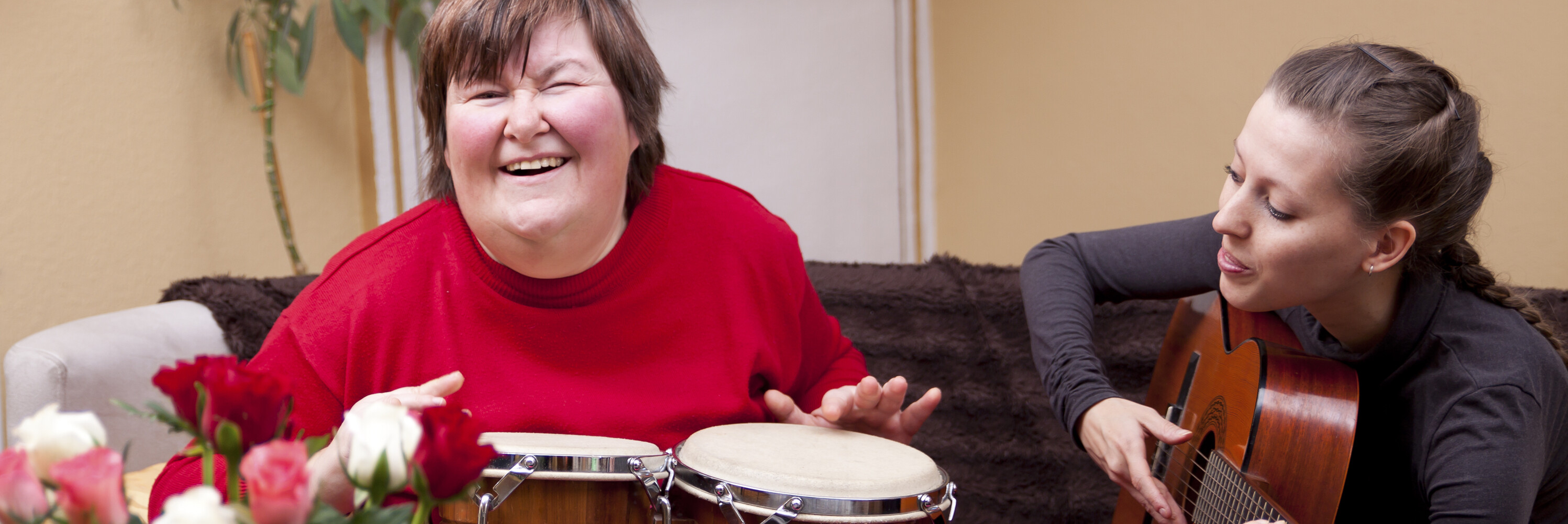
Overview
In Minnesota Special Education, we provide programs and resources to help people explore and become interested in teaching students with disabilities. The Minnesota Low Incidence Projects, Special Education staff, and Minnesota Special Education Preparation Programs are working in collaboration to address both the nationwide teacher shortage and the huge increased demand for Minnesota Special Education teachers.
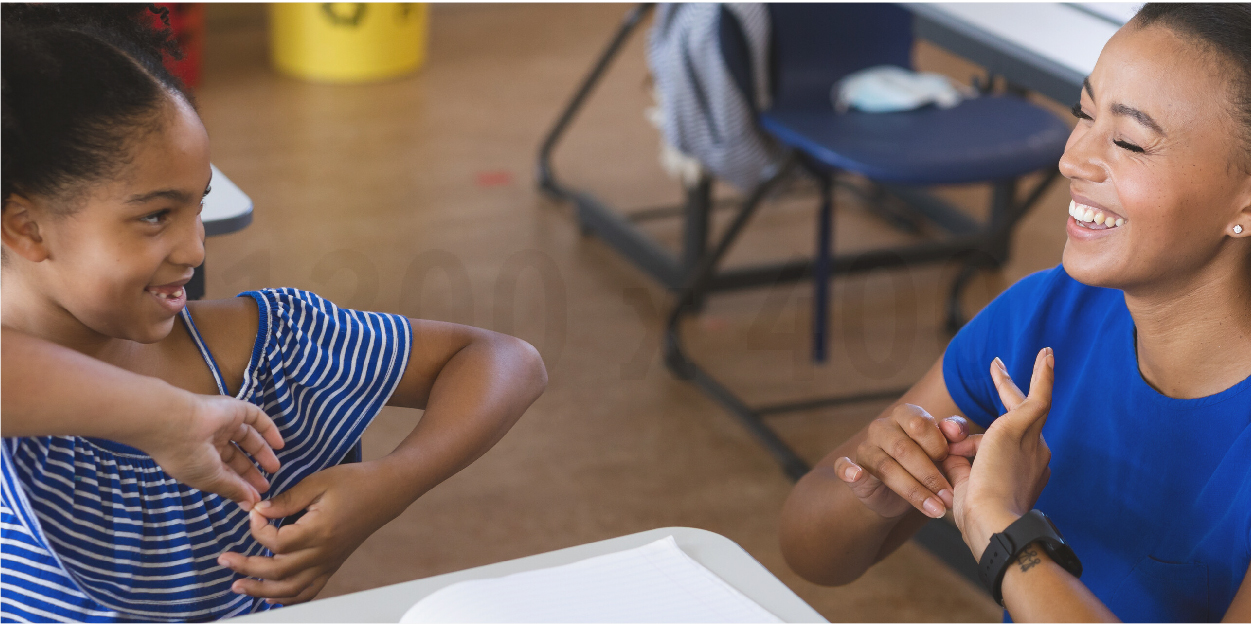
What is special education?
Special education means specially designed instruction, at no cost to the parents, to meet the unique needs of a child with a disability, including:
- Instruction conducted in the classroom, in the home, in hospitals and institutions, and in other settings; and
- Instruction in physical education.
Special education includes each of the following, if the services otherwise meet the requirements of paragraph (a)(1) of this section:
- Speech-language pathology services, or any other related service, if the service is considered special education rather than a related service under State standards;
- Travel training; and
- Vocational education.
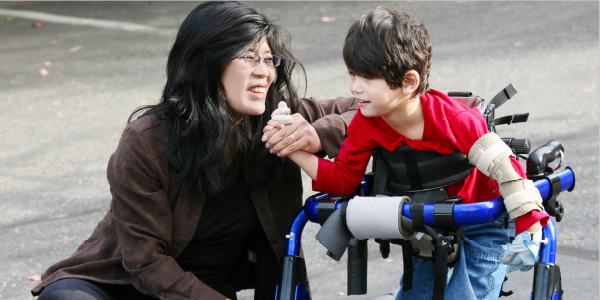
Who is served by special education?
Minnesota has 13 categorical disability areas and users can access information, resources, and contacts for each of the different areas. A team of qualified professionals, including parents, determines whether a student meets criteria in one of the 13 areas and is in need of special education services. Read the Minnesota Rule language regarding evaluation and reevaluation using the link provided.
- Severely Multiply Impaired
- Autism Spectrum Disorders
- Blind-Visually Impaired
- Deaf-Blind
- Deaf and Hard of Hearing
- Developmental Cognitive Disabilities
- Developmental Delay
- Emotional or Behavioral Disorders
- Other Health Disabilities
- Physically Impaired
- Specific Learning Disabilities
- Speech or Language Impairments
- Traumatic Brain Injury
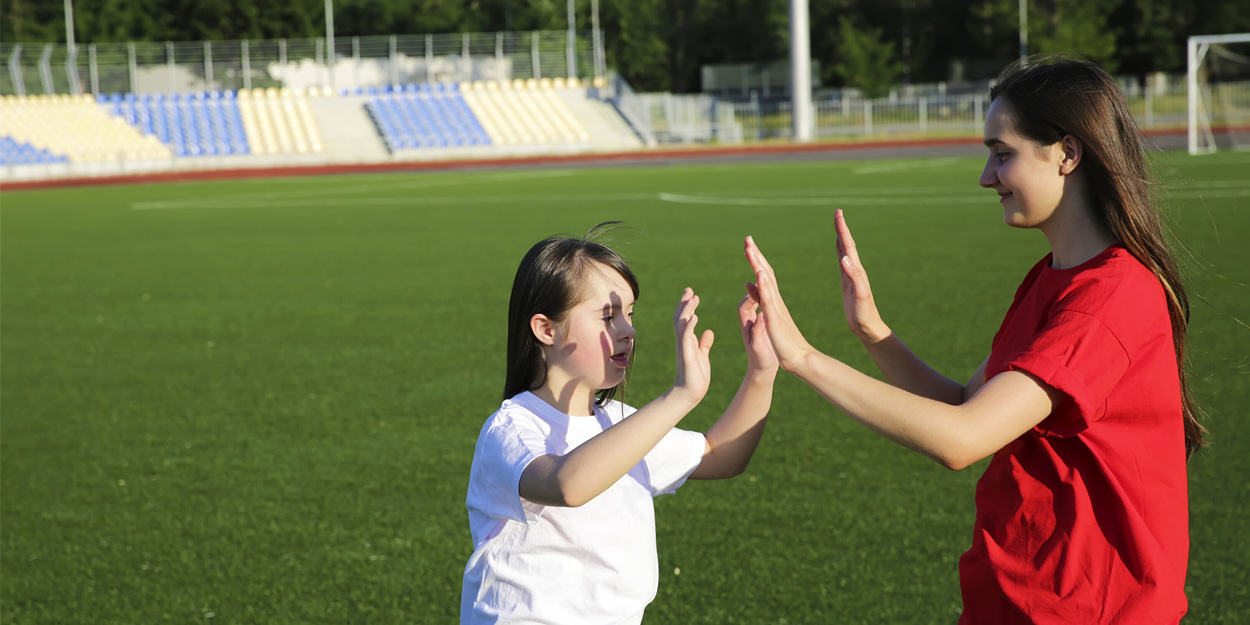
What are Low Incidence Disabilities?
Low Incidence refers to disability areas that occur rarely or in low numbers. In Minnesota there are seven disability categories that are considered low incidence: Autism Spectrum Disorder (ASD), Deaf and Hard of Hearing (DHH), DeafBlindness (DB), Developmental Cognitive Disabilities(DCD), Physically Impaired (PI),Traumatic Brain Injury (TBI), Vision Impairment (VI), and Severe Multiple Impairment (SMI).
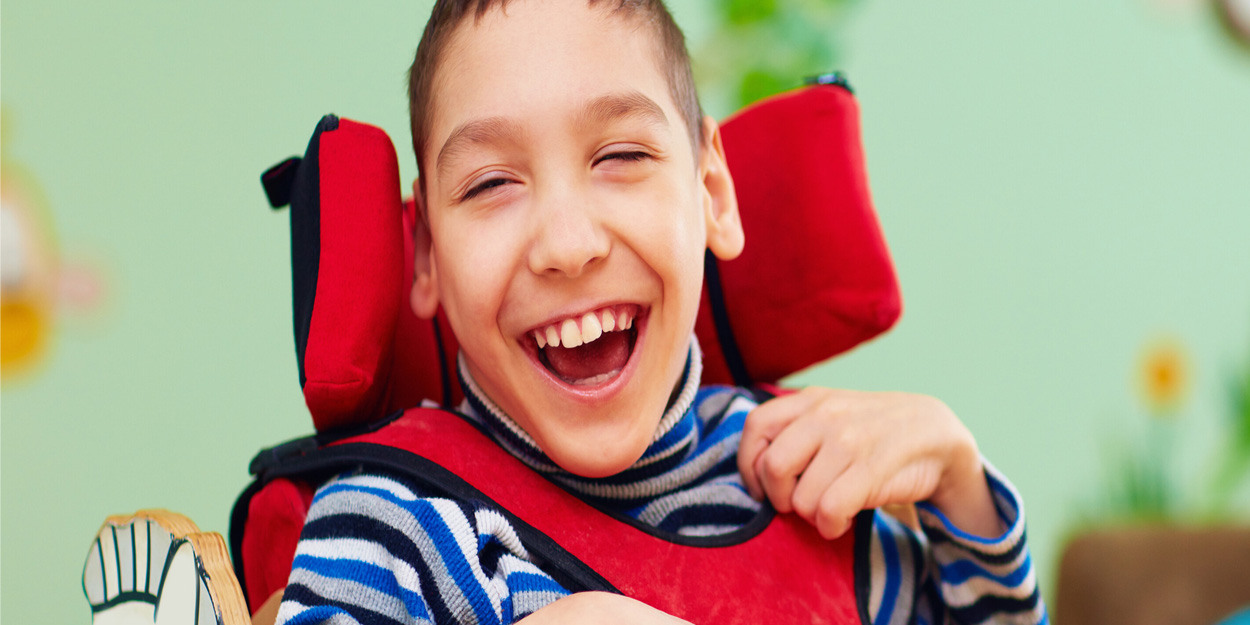
Why Special Education?
Being a special education teacher can be a challenging and rewarding career. It takes a special teacher to work in this area of education, and the need is great. Minnesota has amazing organizations, individuals and teachers! So if you are considering a career as a special education teacher, use the resources provided here to learn how you can get started!
- Perks of Special Ed?
- Teacher supply and demand?
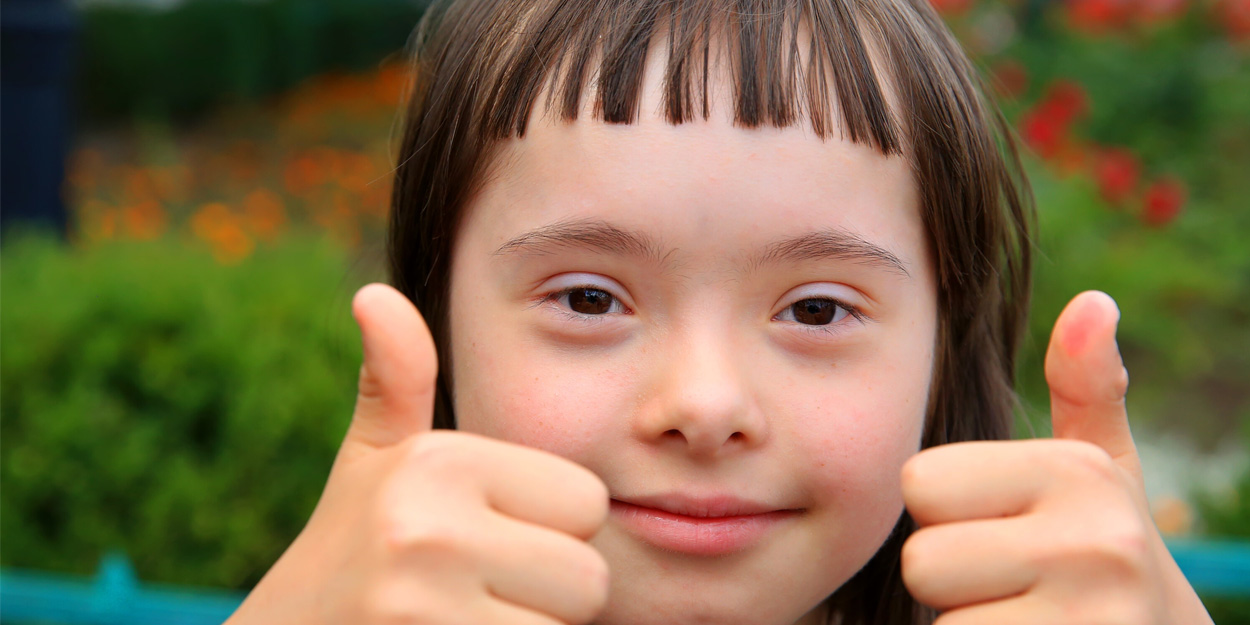
Which Teaching License is Right for You???
***Please note: Teacher licensure areas and student disability categories are two separate things. While some fully align, others do not. This document focuses on the different licensure areas you can pursue, however, specific disability categories that can be served with each license are also highlighted.
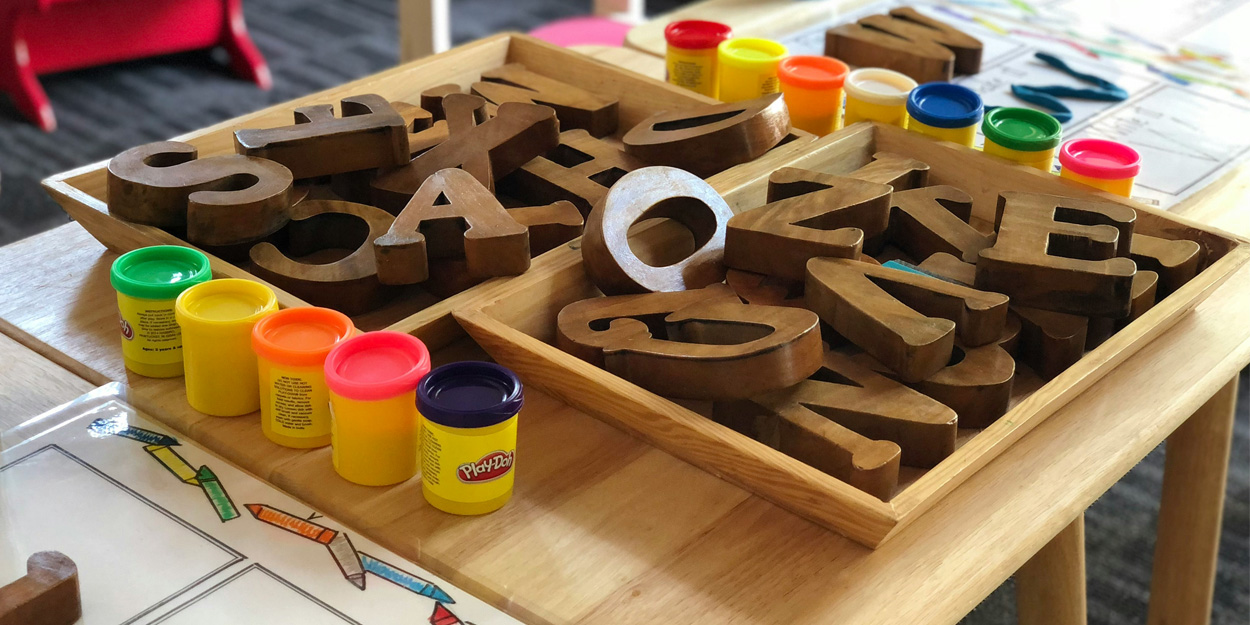
Why Early Childhood Special Education?
Being an early childhood special education teacher is a unique and rewarding career. With a license that includes birth through age six there are two primary roles you could fill as an educator.
- Work with families and caregivers to increase their capacity to support the development of infants and toddlers.
- Provide developmentally appropriate instruction to young children with disabilities at the very beginning of their school experience.
If you are interested in working as part of a team to support infants and toddlers with disabilities and their families, or young children with disabilities this may be the career for you!